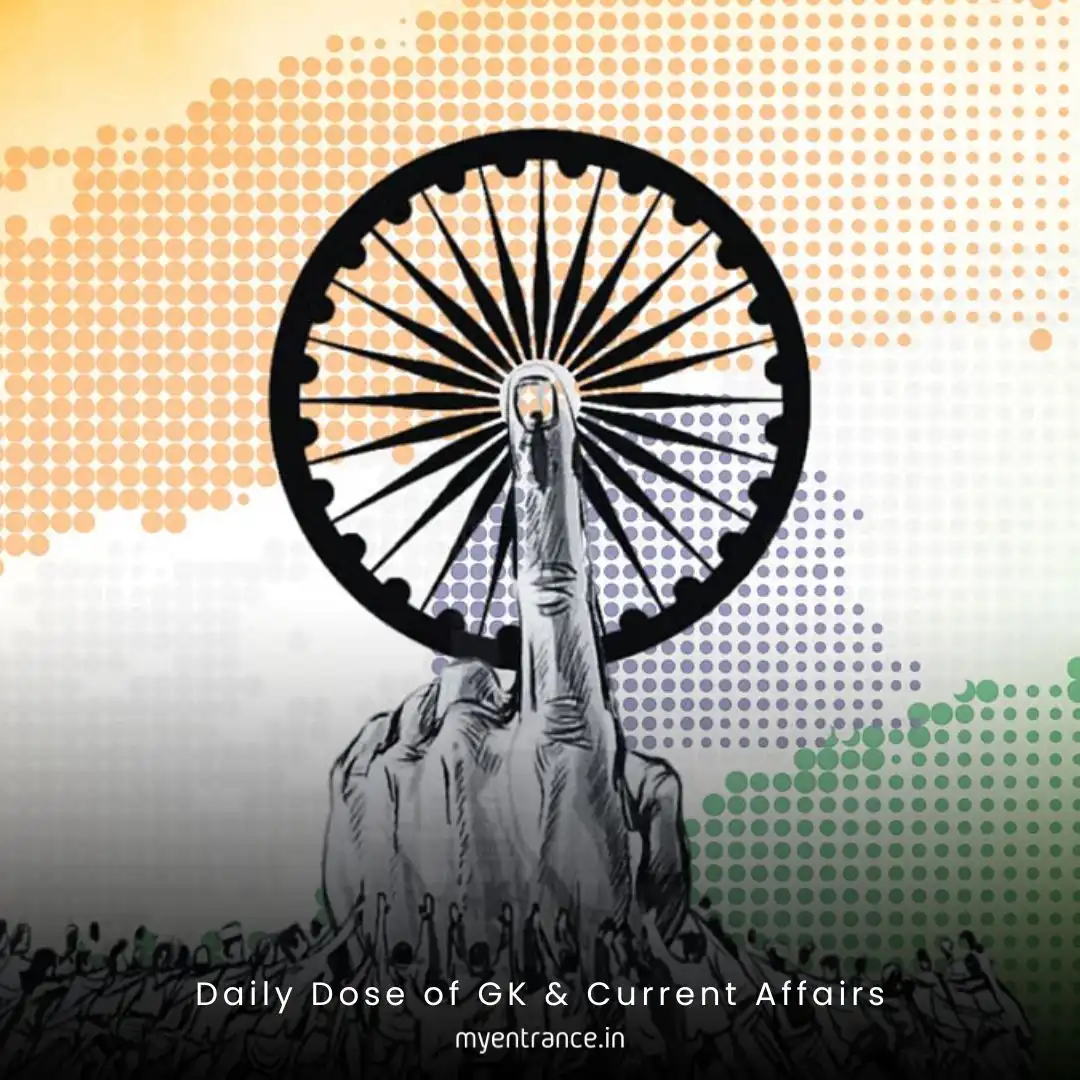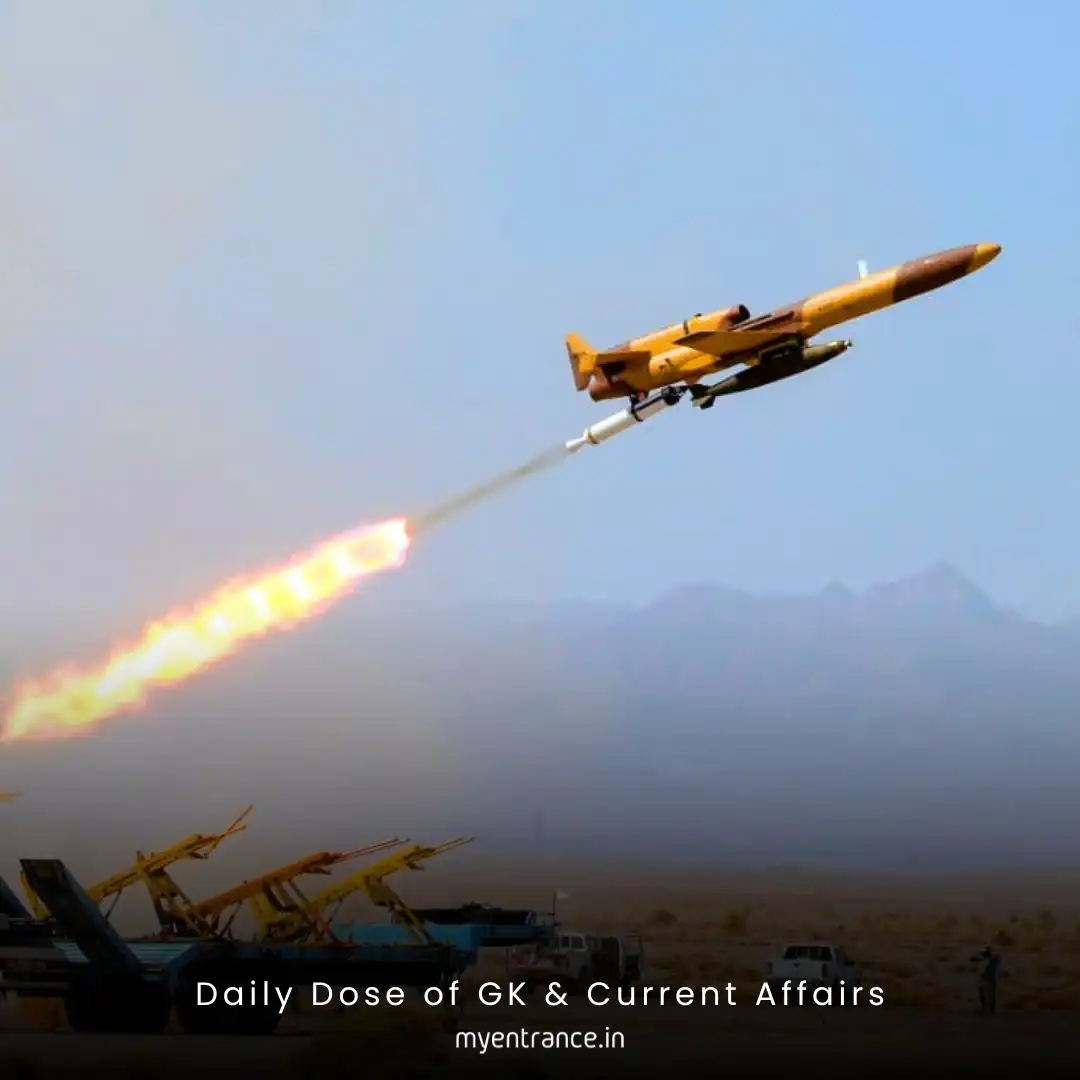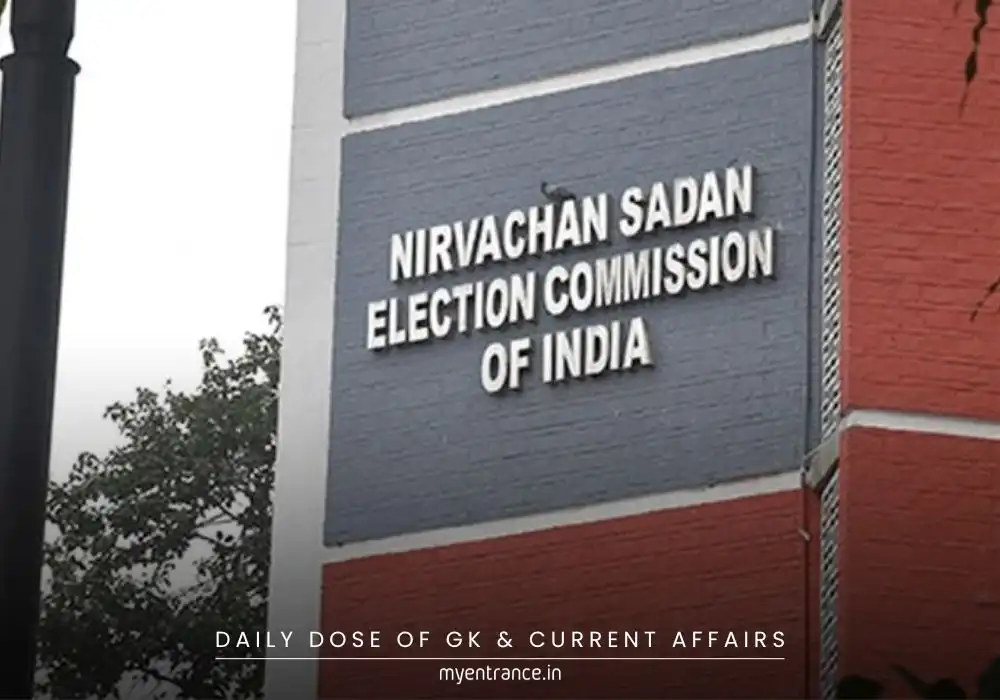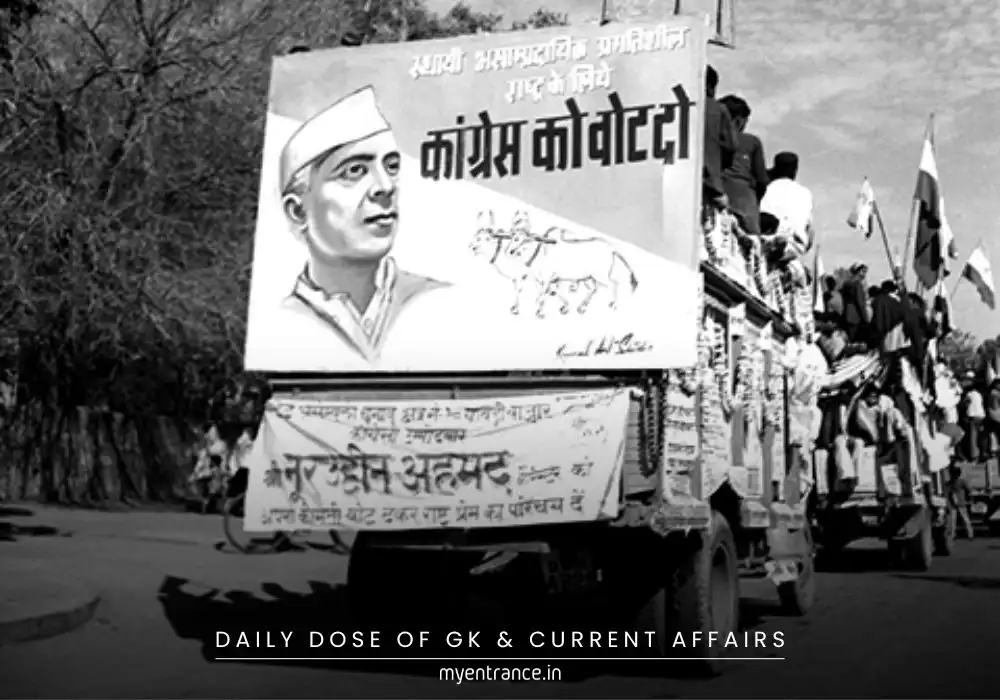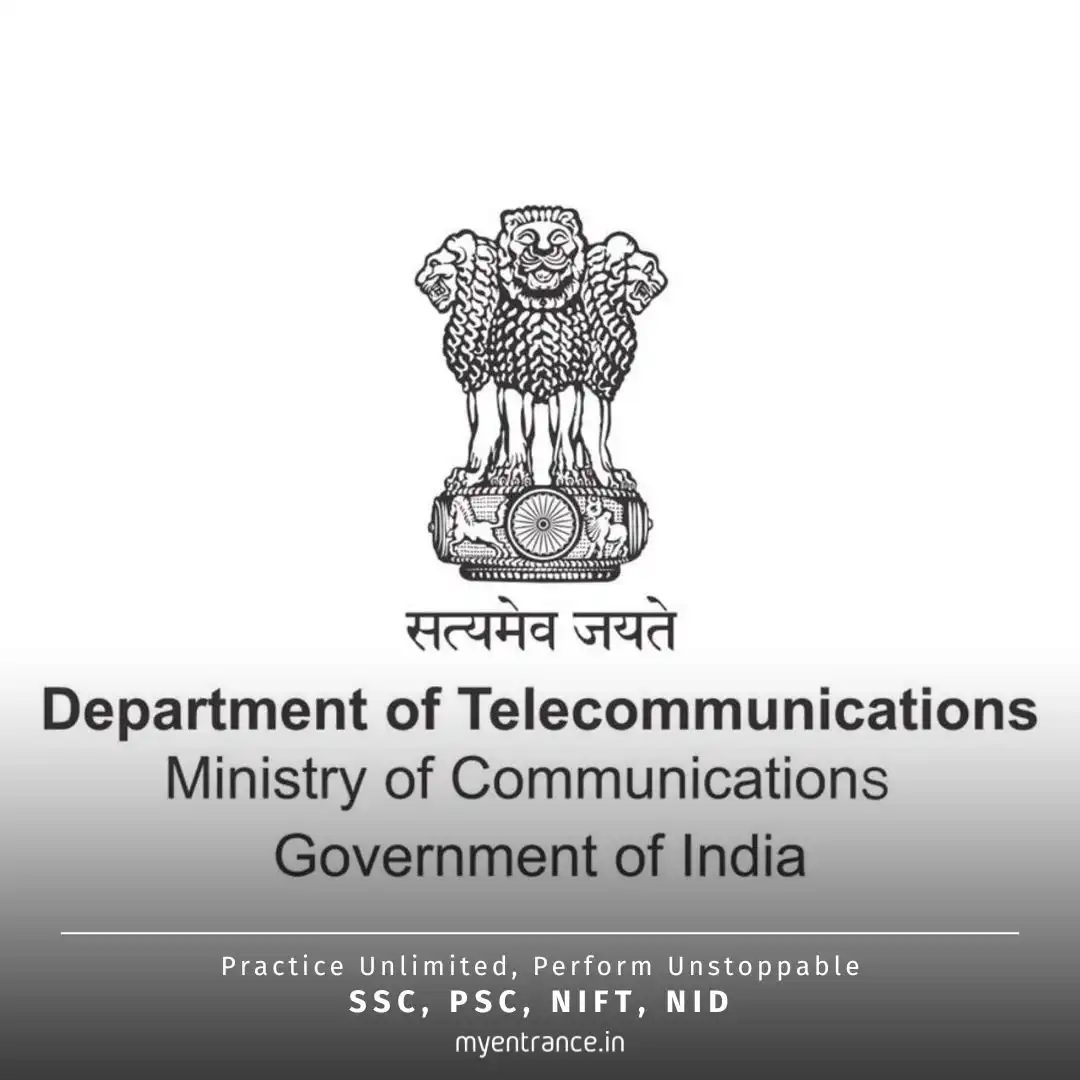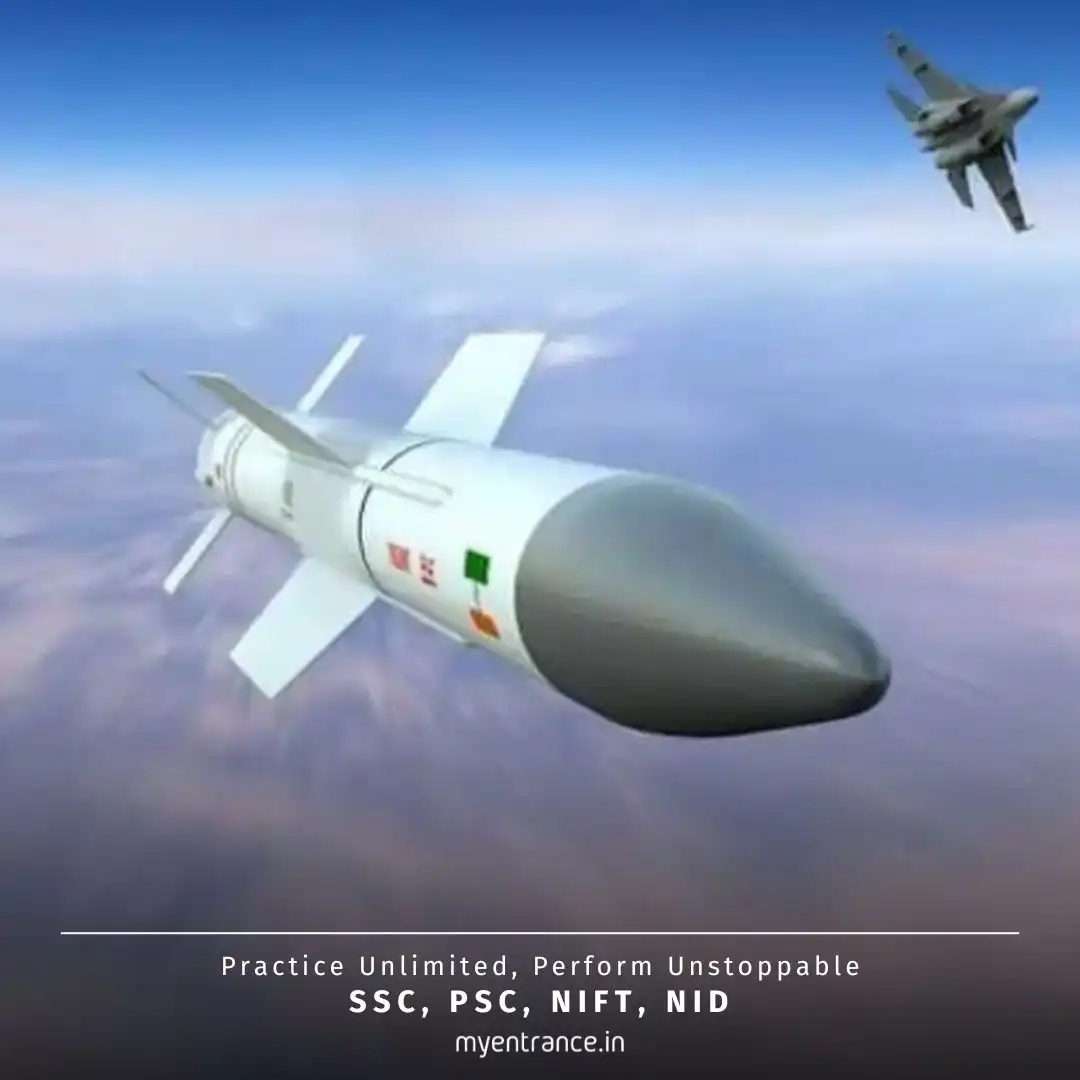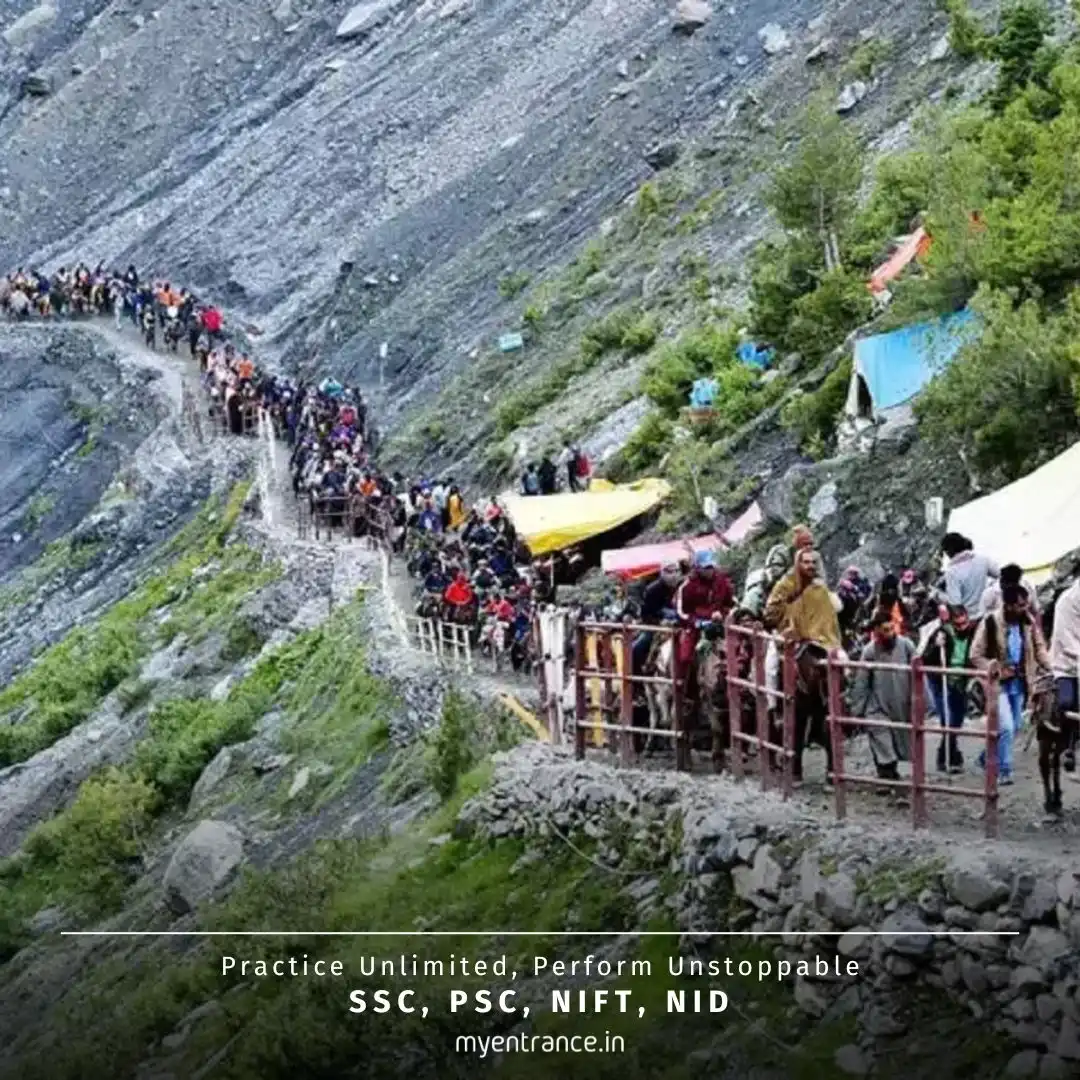Translate Language
Why Did the Kailash-Mansarovar Yatra Vanish for 5 Years – And What Changed Now?
The revered Kailash-Mansarovar pilgrimage has resumed in 2025 after a five-year pause due to COVID-19 and India-China tensions. This ancient journey blends spirituality, geography, and diplomacy, making it crucial for aspirants of exams like UPSC, SSC, and state PSCs.

The Sacred Journey Revived
For the first time since 2020, Indian pilgrims are trekking to Mount Kailash and Lake Manasarovar – a spiritual epicenter revered by Hindus, Buddhists, Jains, and Tibetan Bon followers. The Ministry of External Affairs selected 750 devotees for this year’s yatra, signaling thawing tensions with China. Nestled in Tibet’s remote Ngari region near India’s border, the 6,638-meter-high Mount Kailash isn’t just a mountain; it’s believed to be Lord Shiva’s abode and the source of four mighty rivers: the Brahmaputra, Indus, Sutlej, and Karnali (Ghaghara).
Why This Pilgrimage Matters
Despite its ancient roots, the yatra gained mass popularity only in the 1900s. Pilgrims undertake two challenging rituals:
Parikrama of Manasarovar: A 90-km walk (3–5 days) around the freshwater lake.
Kailash Circumambulation: A 52-km trek through Dirapuk, the high-altitude Dolma La pass (5,645m), and Zutul Puk, keeping the peak always to their right.
Routes from India: Geography Meets Accessibility
Two key passes connect India to this sacred site:
Lipulekh Pass (Uttarakhand): At 5,115m, this ancient trade route demands 200 km of grueling trekking. Operational since 1981, it’s the shortest but toughest path.
Nathu La Pass (Sikkim): Higher accessibility at 4,310m! This fully motorable route (1,500 km drive) opened in 2015, reducing trekking to just 35–40 km for the Kailash circuit.
A third route via Nepal exists but remains costly and visa-complex.
Diplomacy on the Mountains
The yatra’s revival isn’t just spiritual – it’s a subtle tool of cultural diplomacy. By facilitating pilgrim access, China and India ease bilateral strains, proving that shared heritage can open doors even when formal talks stall.
Sample Q&As for Exam Prep:
Q: Which four rivers originate near Kailash-Mansarovar?
A: The Brahmaputra (Yarlung Tsangpo), Indus, Sutlej, and Karnali.
Q: Why is Nathu La strategically significant for the yatra?
A: At 4,310m in Sikkim, it offers a fully motorable route to Mansarovar, operational since 2015.
Q: Identify two key stops during Kailash parikrama.
A: Dirapuk (base camp) and Dolma La (highest point at 5,645m).
Q: How does cultural diplomacy impact India-China relations?
A: Shared initiatives like the yatra build people-to-people trust, complementing formal diplomacy.
Q: Contrast Manasarovar and Rakshastal lakes.
A: Manasarovar is freshwater and sacred; Rakshastal is saline and geographically linked.
Why This Matters for Exams:
UPSC Prelims: Current events (yatra’s revival), geography (rivers/lakes/mountain passes).
UPSC Mains GS-I: Physical geography (trans-boundary rivers), cultural significance.
GS-II: India-China relations, soft power diplomacy.
SSC/PSC: General awareness on pilgrimage routes, international borders, and topography.
Key Themes: Always map-based! Focus on Nathu La (Sikkim-China), Lipulekh (Uttarakhand-China-Nepal tri-junction), and Kailash’s location in Tibet.
Get 3 Months Free Access for SSC, PSC, NIFT & NID
Boost your exam prep!
Use offer code WELCOME28 to get 3 months free subscription. Start preparing today!
